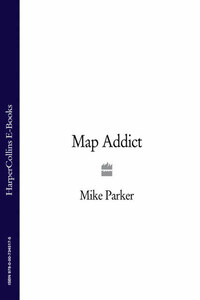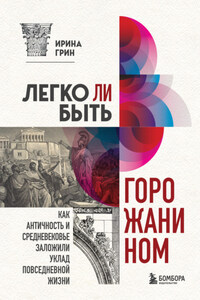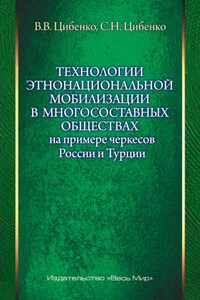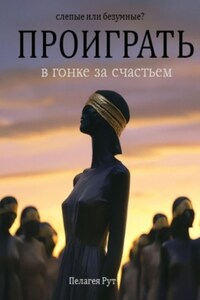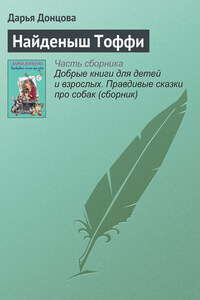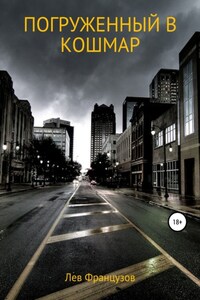Recently, some new neighbours moved in. They’d trekked halfway across the country, from the fringes of Manchester to their new life in our small village in the mountains of mid Wales. One night, I was showing them a good local walk, using my well-worn Ordnance Survey Explorer Map (OL23 Cadair Idris & Llyn Tegid, for aficionados). ‘Oh, yes,’ one of them mused. ‘That reminds me, I must get a map of the area.’
I swear the world stood still. What I wanted to say was, ‘You mean, you moved here from over a hundred miles away without buying a map first? Without taking it out on a nightly basis, stroking its contours, gently murmuring the unfamiliar names, idly following with your finger footpaths and streams, back lanes and bridleways, feeling faintly, randomly intimidated by the angular blocks of plantation forestry and sumps of squelchy moorland, excited by the wide beaches, towering peaks, limpid lakes and nestled market towns, all spread beguilingly across the paper? Without enjoying the thrill of anticipation of your impending move to a whole new world? Without checking out that whole new world, as captured by the gods of the Ordnance Survey? Are you mad? What in bejesus’ name is the matter with you?’
What I actually said was, ‘Oh, right. They sell them in the bookshop in town.’
If my cowardly internalised rant had you mentally nodding in agreement; if you like to check the map before a trip to B&Q; if you can sit and read a good map like others read Hello! or Heat, then this book is for you. You are a fellow-mappie, we are of one flesh. If, on the other hand, it’s got you thinking, ‘What a ridiculous over-reaction: what’s his problem, then?’ I’d advise you to put the book down now and walk away from it before it begins seriously to annoy you.
Many children have imaginary friends to help offset a lonely world. I had imaginary towns instead, and they were all intricately mapped. Hours would dribble by as I sat, tongue slightly protruding, drawing detailed plans of these fictional fiefdoms, giggling quietly to myself as I named the streets, threw in a ring road or bypass—this was the 1970s, after all—and methodically placing schools, stations and hospitals into the growing grid.
Any careers psychologist, observing this habit (especially the relish with which I’d drive a new dual carriageway through anything), would have predicted with utmost confidence that I was destined to become a town planner. But it wasn’t the towns or the buildings or the streets themselves that interested me—just the maps. It didn’t matter that they were imaginary; any map, any reduction of a complex landscape into two clean, clear dimensions, somehow thrilled and comforted me. More than thirty years on, it still does.
While some people, to shut out the insistent thrum of life, slide into the well-worn addictions of drink, drugs, sex, shopping, tattoos, piercings, plastic surgery, food or slicing themselves, my route of escape has long been thrusting my head into a map and staying there until the deafening buzz recedes. When all else around you is going psychotic, you can still depend on a map, and some of us can waste happy hours lost in its calm infallibility. Even the crisp smell of an Ordnance Survey provides its own instant Rescue Remedy.
My name is Mike and I am a map addict. There, it’s said. I’m the one in the car with the map in his lap, following its route with rapt concentration and a slowly moving index finger—often at the expense of seeing the actual landscape it depicts rolling past on the other side of the window. I’m the one who, on buying my first house, moved my entire map collection into it and ensured that it was perfectly shelved in its new home before bringing in anything useful, such as a kettle, toaster or teabag. I’m the one who will annoy anyone I’m sharing a flight with by repeatedly jabbing at the window and telling them which town we’re flying over, just because I recognised its shape and road pattern from decades of idle map scrutiny (and by the same token, I’m now the one losing whole days on Google Earth). It’s me who’ll spend longer planning a walk than actually doing it, who has to get the map out to go to the shops, who actually enjoys those interminable conversations about which route we all took to reach wherever we are, who can recognise the symbol for a bridle track or lighthouse (disused) at forty paces, whose favourite childhood show was The Wombles, simply because the little recycling furballs took their names from Great Uncle Bulgaria’s atlas. Actually, that’s not quite true. My favourite childhood show was
